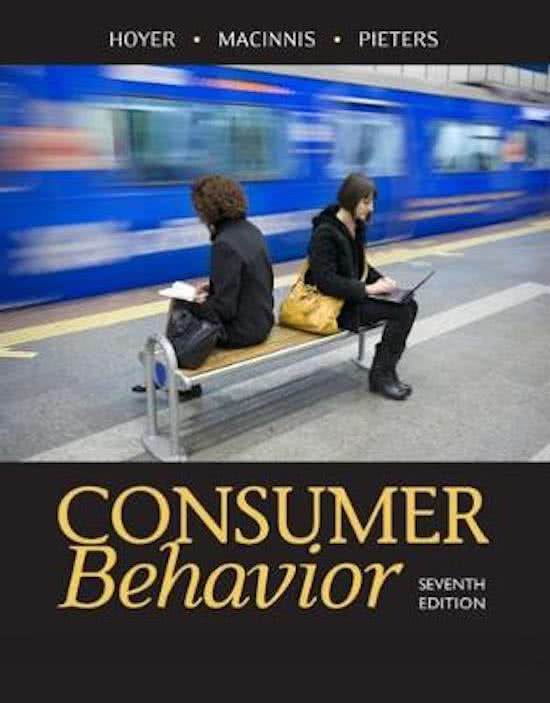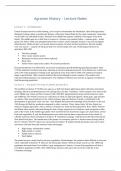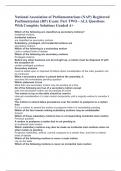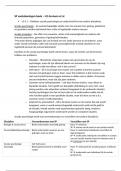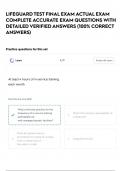Samenvatting
Consumer Behaviour Summary (B-KUL-D0R13A)
- Vak
- Instelling
- Boek
This is a summary for the course 'Consumer Behaviour' by S. Bruyneel and A. Grubliauskiene (B-KUL-D0R13A). It is based on the lectures, the slides provided during those lectures, the papers discussed during the lectures, and the course book titled 'Consumer Behavior'. It contains everything from t...
[Meer zien]


